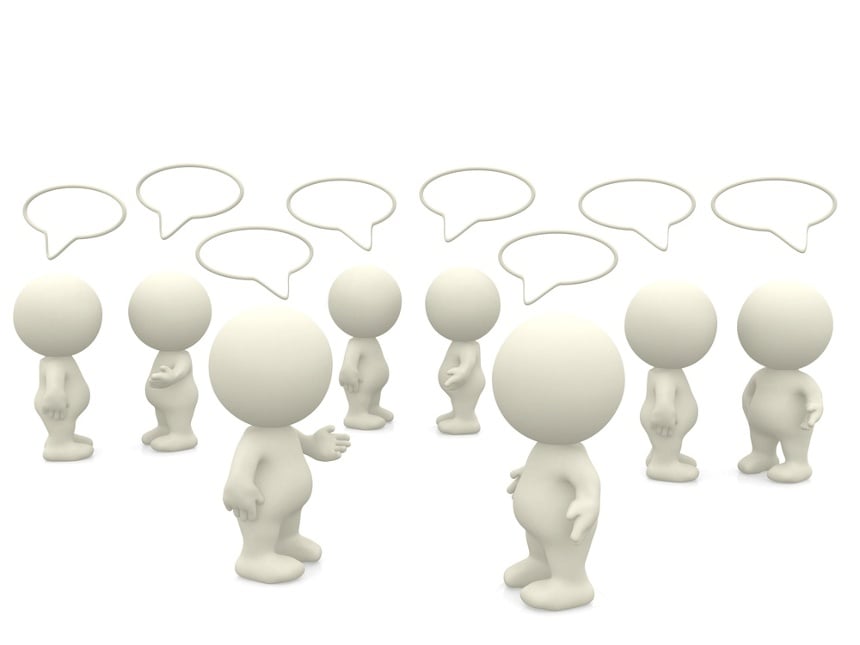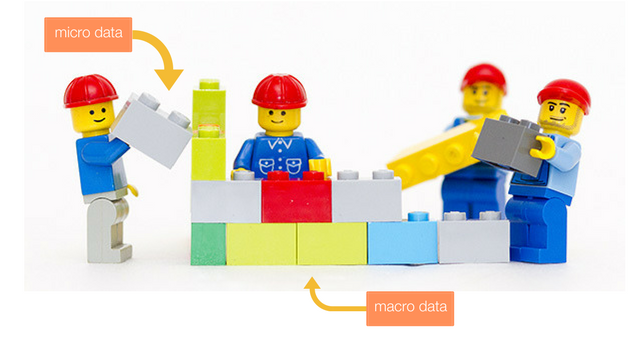We all have that friend who loves to write novel-length text messages. They'll go on for paragraphs in a single message, and you're just sitting there—watching the little bouncing dots, waiting for them to just. hit. send.

Don't be that person.
One of the biggest messaging faux-pas I see on a regular basis is exactly this situation—delivering TOO MUCH info at a single time. We live in a fast-paced world where we like to consume our conversations in short sentences.
Remember: The goal of a conversation, on any channel, is to exchange information—not just provide it—with no expectation of response (we have blog posts and websites for that). We need to make sure we don't lose the interest of the person on the other side of the conversation. Sending too much info at one time and taking too long to deliver it will be the death of the interaction.
The point? Don't take message length for granted.
This becomes even more important when we start to build our chatbots and have to go through the exercise of planning our conversational narratives (the path a conversation with a bot can take and what decisions we allow the user on the other end to make). Why? Because the chatbot needs to be able to run on repeat, and we want to ensure that the conversation reaches its desired outcome.
Why Is Message Length Important?
Conversational interactions, whether live or via chatbot, are simply more engaging than static content (like a website or form). They encourage the user to take some action within a reasonable amount of time, to keep the conversation going. Chat interfaces are already familiar territory for millions of people, even if they've never interacted with your site or your company before.
We want to make sure that we're cognizant of the few seconds a person is willing to commit to read what we sent and take the next step. Basically, we don't want to force them to work too hard before they make their next move.
Take a look at this website—there are a ton of options available, but because it's more or less static, a visitor has the time to consider where they want to go. It also means they have a higher chance of just leaving because they don't see what they want. And why would anyone bother digging deep to find it?
-5.png?width=800&name=Untitled%20design%20(5)-5.png)
Now take a look at this chat interface (it could live on the site or somewhere else, like Facebook). We have a simple initial message that outlines what we want them to do next and clearly defines what their options are—no fussing around required. You can set this up via a targeted message in Hubspot conversations so that it handles this part automagically.

The short initial message gets the point across and doesn't require a lot of brain power to process. Easy-peasy.
An easy mistake to make (and the reason why I always recommend using a mock up tool like botsociety.io) is thinking that what looks like a relatively small amount of chat content can in fact translate to a massive message when viewed within a chat interface:
-7.png?width=800&name=Untitled%20design%20(4)-7.png)
The point: Conversational interfaces are designed for small amounts of text; think "single cohesive thoughts." If you need to send more information, then send a link, or offer to send an email. A conversation can bridge channels, and you want to ensure that you're optimizing your content for the channel it's being consumed on. If it's more than a sentence or two, consider how you can provide access to the underlying content without flooding the chat with information.
Seriously, just offer to send them the info in an email. You can easily set this up via a workflow that triggers within the conversation (we'll be covering this in an upcoming training video!).
You can also provide a link to the content, but see if you can provide at least a high-level answer that summarizes what's on the other end of the link, and deliver it conversationally. If they want more, give them the option to request it, and then deliver it.
Can You Share Some Message Length Tips?
You bet. Check out my recommendations to get started:
1. Figure out what you need to say first, and get it across in the initial message.
Make an impression—short and sweet. A greeting and a question (i.e., call to action) that requires them to either make a choice or provide some info is a great start. Use targeted messages in HubSpot to ensure that the right initial message is delivered to the right person. Ask a question to drive engagement. It can be as simple as a "yes" or "no" response.
2. Craft messages to deliver single, consistent thoughts.
Look at what you're saying. Is it a single thought? Does it have a distinct beginning, middle, and end? What's the next step that would be needed? What sort of response would you be looking for? Conversations are a give and take; make sure you're doing both.
3. Create, Test, Adjust, Repeat.
Odds are, you're not going to get it right the first time. That's okay. Crafting a strong conversational model is an iterative process, and that means that you'll be revisiting your messages over and over. See where conversational engagement drops off, and consider why that might be happening. Test a variation, and see if it's more effective.
The Takeaway
Keep it short and simple. Ask questions, collect answers. Drive engagement. If it feels too long, it probably is.



